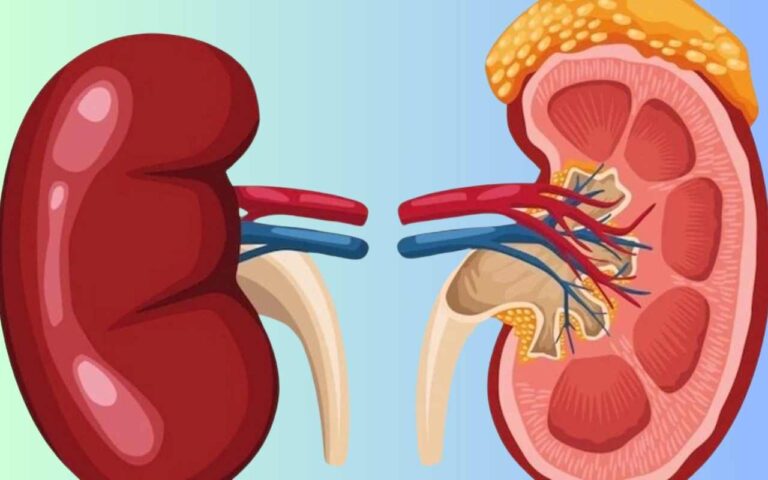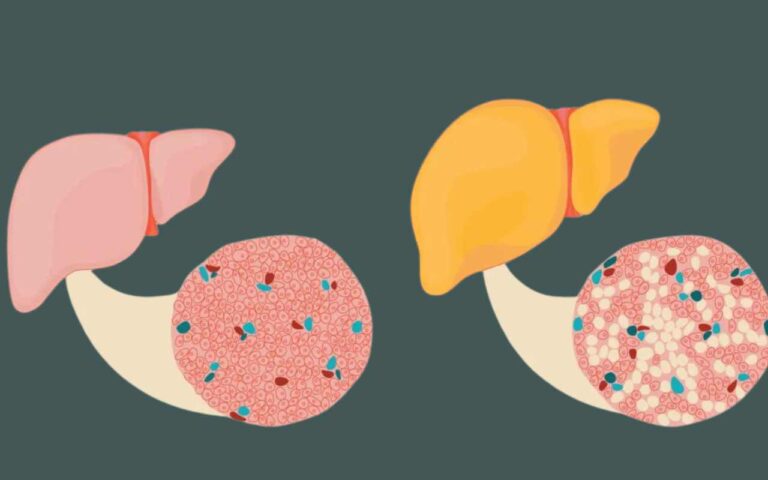How to Properly Warm Up and Cool Down: A Comprehensive Guide
Warm Up: Engaging in physical activities, whether it’s a rigorous workout, a sport, or a simple exercise routine, necessitates a proper warm-up and cool-down. These essential components of exercise are often overlooked, yet they play a crucial role in enhancing performance and preventing injuries. This article delves into the importance of warming up and cooling down, providing detailed instructions and insights on how to do both effectively.
The Importance of Warming Up
A warm-up is a preparatory phase before any physical activity. Its primary goal is to increase the heart rate gradually, thereby enhancing blood flow to the muscles and preparing the body for more intense exercise. Here’s why warming up is essential:
- Increases Muscle Temperature: Warm muscles are more pliable, reducing the risk of strains and sprains.
- Enhances Blood Flow: Gradually increasing heart rate ensures better oxygen delivery to the muscles.
- Improves Range of Motion: Warming up helps in loosening the joints, making them more flexible and ready for activity.
- Mental Preparation: It gives the mind a chance to prepare for the physical exertion ahead, enhancing focus and readiness.
Warming up before any workout or sport is critical for preventing injury and prepping your body.
How to Warm Up Properly
A proper warm-up should last between 5 to 15 minutes, depending on the intensity of the planned activity. Here are the steps to follow: (Cool down exercises)
- Start with Light Cardiovascular Activity:
- Begin with activities like brisk walking, jogging, or cycling. The goal is to increase your heart rate gradually. This should be done for about 5 minutes.
- Incorporate Dynamic Stretches:
- Dynamic stretches involve moving parts of your body and gradually increasing reach, speed of movement, or both. Examples include:
- Leg Swings: Stand on one leg and swing the other leg forward and backward, gradually increasing the height.
- Arm Circles: Extend your arms and make small circles, gradually increasing their size.
- Torso Twists: Stand with feet shoulder-width apart and twist your torso from side to side.
- Dynamic stretches involve moving parts of your body and gradually increasing reach, speed of movement, or both. Examples include:
- Sport-Specific Drills:
- If you are preparing for a specific sport, incorporate movements that mimic those of the sport but at a lower intensity. For instance:
- Basketball: Practice dribbling and shooting at a slower pace.
- Running: Perform high knees or butt kicks.
- If you are preparing for a specific sport, incorporate movements that mimic those of the sport but at a lower intensity. For instance:
- Gradual Increase in Intensity:
- As you progress through the warm-up, gradually increase the intensity of your movements to match the upcoming activity level.

The Importance of Cooling Down
Cooling down is the process of gradually lowering the intensity of your exercise to allow your heart rate and breathing to return to normal. Skipping a cool down can lead to dizziness, fainting, or muscle stiffness. Here’s why cooling down is crucial:
- Gradual Recovery: It helps in gradually lowering the heart rate and prevents blood pooling in the extremities.
- Reduces Muscle Soreness: Stretching post-exercise helps in reducing muscle stiffness and soreness.
- Promotes Flexibility: Post-exercise stretching helps in maintaining flexibility and reduces the risk of injury in future workouts.
- Aids in Mental Relaxation: Cooling down helps in transitioning the body and mind from a state of high activity to relaxation.
How to Cool Down Properly
A proper cool-down should last between 5 to 10 minutes. Here are the steps to follow:
- Gradually Decrease Intensity:
- Slow down the pace of your exercise. If you’ve been running, transition to a jog and then to a walk. This helps in gradually reducing the heart rate.
- Perform Static Stretches:
- Unlike dynamic stretches, static stretches involve holding a stretch for a longer period, typically 15-30 seconds. Examples include:
- Hamstring Stretch: Sit on the ground with one leg extended and the other bent. Reach for your toes on the extended leg and hold the position.
- Quadriceps Stretch: Stand on one leg, pull the other foot towards your buttocks, and hold.
- Shoulder Stretch: Bring one arm across your body and use the other arm to press it against your chest.
- Unlike dynamic stretches, static stretches involve holding a stretch for a longer period, typically 15-30 seconds. Examples include:
- Focus on Deep Breathing:
- Deep, rhythmic breathing helps in lowering the heart rate and promotes relaxation. Inhale deeply through the nose and exhale slowly through the mouth.
- Hydrate and Refuel:
- Post-exercise hydration is crucial for recovery. Drink water or a sports drink to replenish lost fluids. Eating a snack that combines protein and carbohydrates can also aid in muscle recovery.
Additional Tips for Effective Warm-Up and Cool-Down
- Listen to Your Body: Always pay attention to how your body feels during the warm-up and cool-down. If you experience any pain, stop and assess the situation.
- Consistency is Key: Make warming up and cooling down a consistent part of your exercise routine. This will make your workouts more effective and reduce the risk of injury.
- Tailor to Your Activity: Customize your warm-up and cool-down to the specific demands of your activity. Different sports and exercises require different preparations.
- Stay Hydrated: Proper hydration before, during, and after exercise is essential for optimal performance and recovery.
- Seek Professional Guidance: If you’re unsure about the best warm up or cool down techniques for your specific needs, consider consulting a fitness professional.
Benefits of Yoga for Physical and Mental Health
Common Mistakes to Avoid
- Skipping the Warm Up or Cool Down: Skipping these essential phases can lead to injury and decreased performance.
- Insufficient Duration: A quick stretch is not enough. Ensure that you spend adequate time warming up and cooling down.
- Static Stretches Before Exercise: Static stretching before exercise can actually reduce performance and increase the risk of injury. Reserve static stretches for the cool-down.
- Ignoring Hydration: Dehydration can impair performance and recovery. Always ensure you’re properly hydrated.
- Rushing Through Movements: Perform all warm up and cool-down movements slowly and deliberately to avoid strains and ensure effectiveness.
Do your body a favor. Take time to gradually progress into your workout and cool down when you’re done. (Warm Up)
Conclusion
Warming up (Warm Up) and cooling down are indispensable parts of any exercise routine. They prepare the body and mind for physical activity and aid in recovery post-exercise. By dedicating time to these practices, you can enhance your performance, reduce the risk of injury, and ensure a more enjoyable and effective workout experience. Remember, the key to a successful exercise regimen lies not just in the intensity of the workout but also in the care you take before and after it.








One Comment